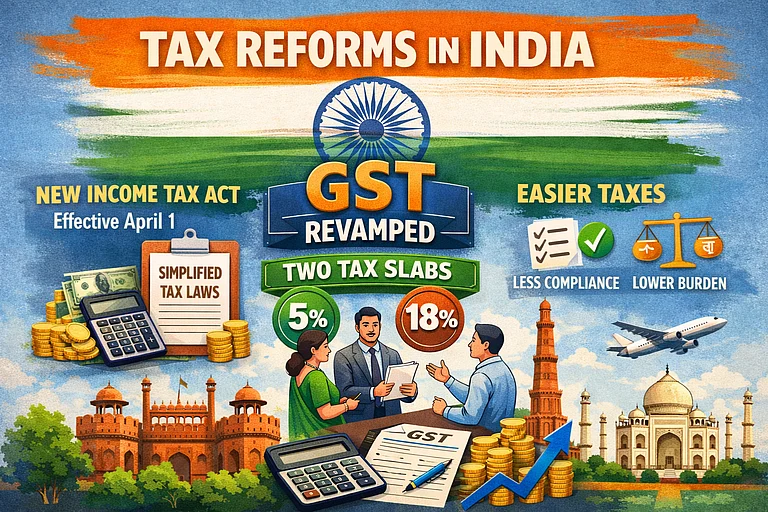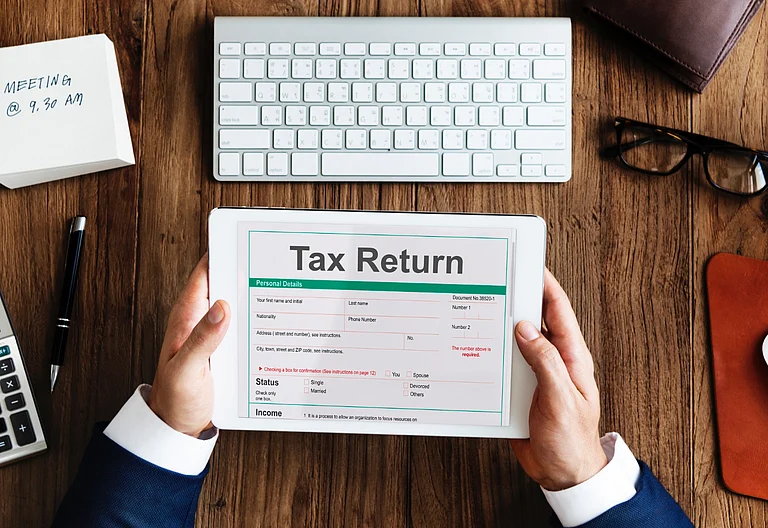In a major relief to taxpayers, Finance Minister Nirmala Sitharaman had announced revised tax slabs and rates under the new tax regime. Those earning up to Rs 12 lakh per annum (or Rs 12.75 lakh for salaried individuals who get a standard deduction of Rs 75,000) will now pay no tax at all. Previously, the threshold for zero tax payment was set at Rs 7 lakh. But what if you earn more than this threshold amount? Can you still save more tax?
The new tax system was introduced to simplify the process of tax filing and offer lower tax rates. However, it does not include some of the popular exemptions from the old tax regime, such as house rent allowance (HRA), Section 80C, and medical insurance premiums, making it less popular among taxpayers. To make it more appealing, the government, in the previous Budget, had increased the standard deduction from Rs 50,000 to Rs 75,000.
Let’s understand how you can save more taxes while filing for tax under the new tax regime if your annual income is more than 12.75 lakh.
Save More With NPS
If you are a salaried person, you can increase your tax-free income limit to Rs 13.7 lakh under the new tax regime by using the standard deduction and your employer's contribution to the National Pension Scheme (NPS). The Rs 12.75 lakh tax-free limit in Budget 2025 already includes the Rs 75,000 standard deduction. However, there's an additional benefit if your employer contributes to your NPS under Section 80CCD(2). The government allows up to 14 per cent of your basic salary to be tax-free when invested in NPS by your employer.
Let's say your annual salary is Rs 13.7 lakh. If your basic salary is 50 per cent of that, it would be Rs 6.85 lakh. Your employer can contribute 14 per cent of this basic salary to NPS, which would be Rs 95,900. Plus, you get the standard deduction of Rs 75,000. So, your total deductions (NPS + standard deduction) come to Rs 1,70,900.
After these deductions, your taxable income will be Rs 13.7 lakh minus Rs 1,70,900, which equals Rs 11,99,100. Since this is under Rs 12 lakh, your income becomes tax-free.
NPS vs EPF
However, despite the provisions for NPS, many taxpayers are still not able to fully benefit from it as only a few private sector companies offer the NPS option. As a result, many private-sector workers don’t have the option to join NPS.
Balwant Jain, a Tax and Investment expert, explains, "NPS is like another version of the EPF. The employer’s contribution to EPF is anyways tax-free. However, with NPS, the employer’s contribution is taxable, but you can still claim a deduction for it.”
“The employer's contribution to EPF is completely tax-free, while the employer's contribution to NPS is taxable, but you can claim deductions under Section 80CCD(2) for it. It's not that those opting for NPS are at an advantage and those opting for EPF are not. Since EPF is already tax-exempt, those who choose EPF are still getting tax benefits indirectly."
Benefit From Home Loans
Balwant Jain explains there’s another way to save more tax. “If you have a home loan and let-out your property (not the one you live in), you can claim deductions on the 70 per cent of your rental income against the interest you pay on the loan, under Section 24B of the Income Tax Act.
A let-out property is an owned house property which you have rented out to other individuals. It is worth noting that there is already a provision for a standard deduction of 30 per cent of the net annual value of your rental income.
"Suppose if your rental income is Rs 5,00,000. After applying the 30% standard deduction (Rs 1,50,000), your taxable rental income reduces to Rs 3,50,000. Therefore, you can claim up to Rs 3,50,000. You can claim any amount of the interest paid on the home loan as long as it does not exceed the effective taxable rental income, which in this case is Rs 3,50,000," Jain explained further.














